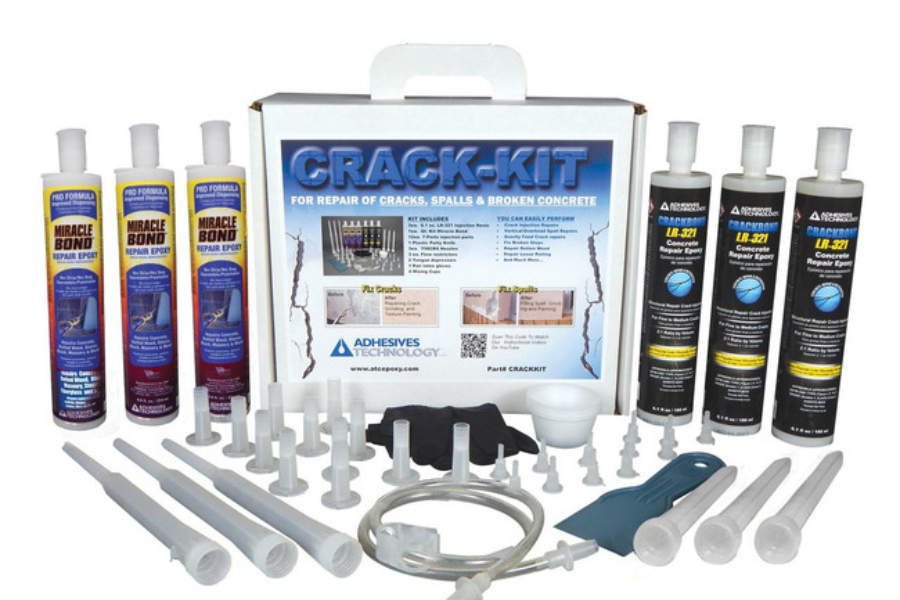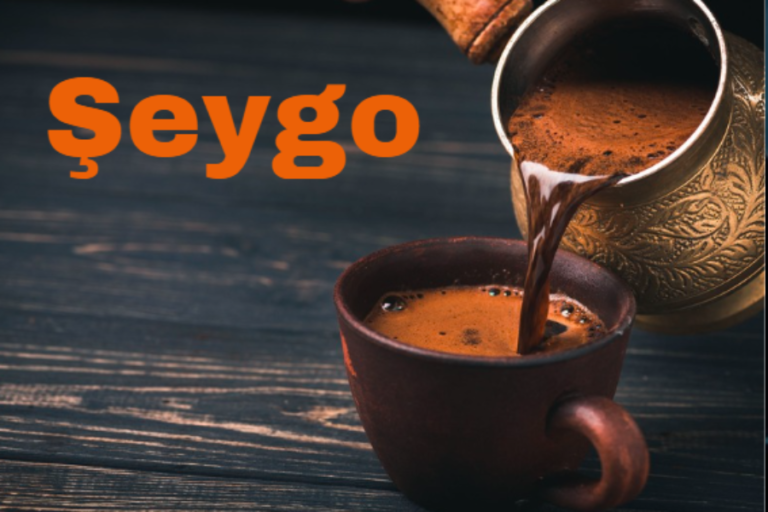Adhesives Technology Miracle Bond Repair Epoxy Vs Bondo: A Comprehensive Guide
When tackling home repairs or DIY projects, selecting the right adhesive can significantly impact the outcome. Two prominent contenders in this arena are adhesives technology miracle bond repair epoxy vs bondo and Bondo. While both are widely used for various repairs, they serve different functions and come with unique advantages. This guide will explore the key features of each product, helping you determine which is more suited for your specific project needs. By understanding their differences, you can achieve better results and avoid unnecessary frustration.
Key Differences adhesives technology miracle bond repair epoxy vs bondo
Despite their popularity, Miracle Bond and Bondo cater to different repair needs. Miracle Bond is an epoxy designed to create strong connections between various materials, curing into a solid mass that can endure significant stress. Conversely, Bondo is primarily a filler meant for smoothing surfaces and repairing dents rather than bonding.
In terms of curing times, Miracle Bond typically sets faster than Bondo, making it the preferred choice for time-sensitive repairs. Bondo, while effective, requires a longer curing period before it can be sanded or painted. Additionally, Miracle Bond excels in water resistance, offering superior moisture protection compared to Bondo’s average performance in wet environments.
Strength and Durability Comparison
When it comes to strength, adhesives technology miracle bond repair epoxy vs bondo stands out with its exceptional bonding capabilities. This epoxy creates a robust bond that can handle high-pressure situations and heavy loads, further enhanced by its chemical resistance, which contributes to its longevity.
In contrast, Bondo is versatile but may not perform as well under extreme conditions. While it offers decent durability for automotive applications and surface repairs, it might not withstand prolonged exposure to harsh elements as effectively as Miracle Bond.
Ease of Use and Application Process
Ease of use is another crucial factor to consider. Miracle Bond Repair Epoxy features a straightforward application process, typically coming as a two-part system: resin and hardener. Mixing equal parts of these components allows for quick preparation.
Bondo also requires mixing, but the paste-like consistency can be tricky for beginners, as achieving an even blend is crucial for optimal results. Both products necessitate surface preparation prior to application, though Miracle Bond generally adheres well without extensive sanding or priming, whereas Bondo may require more meticulous surface treatment for proper adhesion.
Cost-Effectiveness
When evaluating cost-effectiveness, both Miracle Bond and Bondo have different price ranges and benefits. Miracle Bond usually has a higher upfront cost but offers exceptional durability, potentially saving you money on future repairs. Bondo, on the other hand, is often more budget-friendly and widely available, appealing to DIY enthusiasts seeking quick fixes. However, keep in mind that it might necessitate additional applications or finishing touches over time.
Assessing your specific project requirements will help guide you toward the most economical choice. Consider how frequently you plan to use these products and whether long-term durability is worth the initial investment.
Ideal Applications for Each Product
adhesives technology miracle bond repair epoxy vs bondo is ideal for projects requiring high strength and waterproofing properties. It is well-suited for bonding materials like metal, wood, ceramic, and plastic, making it perfect for heavy-duty household repairs and crafting projects that demand durability.
Bondo, however, is often favored for automotive applications due to its quick-drying formula, making it excellent for bodywork repairs on vehicles. It excels at filling dents and smoothing imperfections, where a seamless finish is essential.
For furniture restoration, both products have their advantages. Miracle Bond effectively repairs broken furniture, while Bondo can provide a polished surface finish.
Customer Feedback and Experiences
Customer reviews reveal valuable insights into the real-world performance of both products. Users often commend Miracle Bond for its robust, long-lasting bonds and quick curing time, which allows for efficient repairs. However, some users note that it may have a steeper learning curve for beginners.
In contrast, Bondo is frequently praised for its versatility and ease of sanding once cured, making it popular for automotive projects due to the smooth finish it achieves. Many find Bondo user-friendly, especially for those new to DIY repairs.
Ultimately, the choice between the two products hinges on personal preferences and the specific requirements of your projects.
Conclusion: Which Product Is Right for You?
Choosing between adhesives technology miracle bond repair epoxy vs bondo and Bondo involves considering several factors. Miracle Bond is often celebrated for its impressive bonding capabilities and versatility across various surfaces, making it ideal for both indoor and outdoor repairs. Its resistance to heat and chemicals further enhances its appeal.
On the other hand, Bondo is a tried-and-true solution for automotive repairs, known for its ease of application for quick fixes. While it excels in surface-level applications, it may not be the best choice for more complex repair tasks that require deeper adhesion.
Cost considerations also play a role; while both products are reasonably priced, their longevity and durability can significantly influence your decision based on your project needs.
In summary, both products have their strengths and ideal use cases—understanding your project’s specific requirements will guide you in selecting the best adhesive for your needs.







